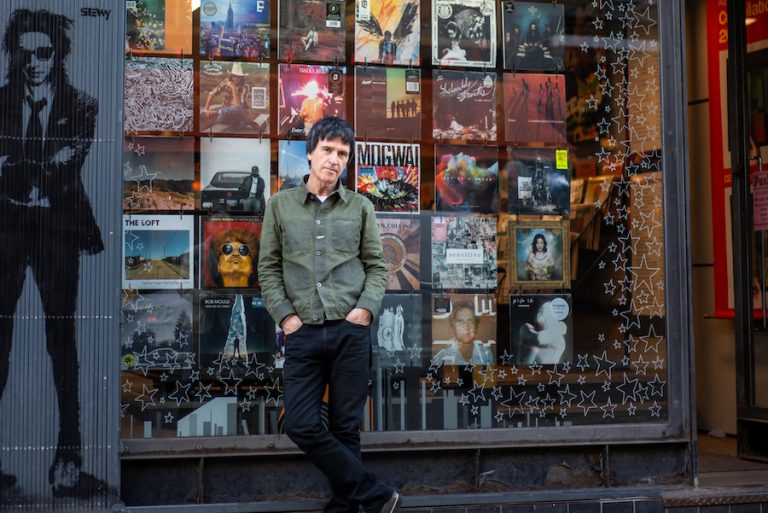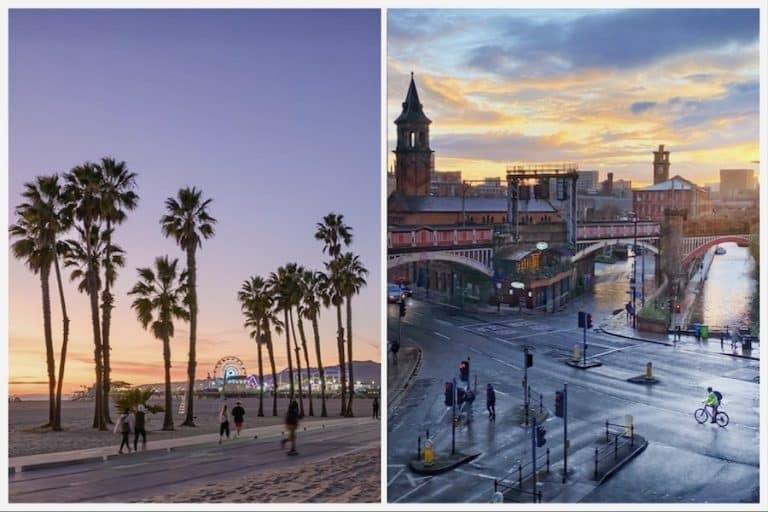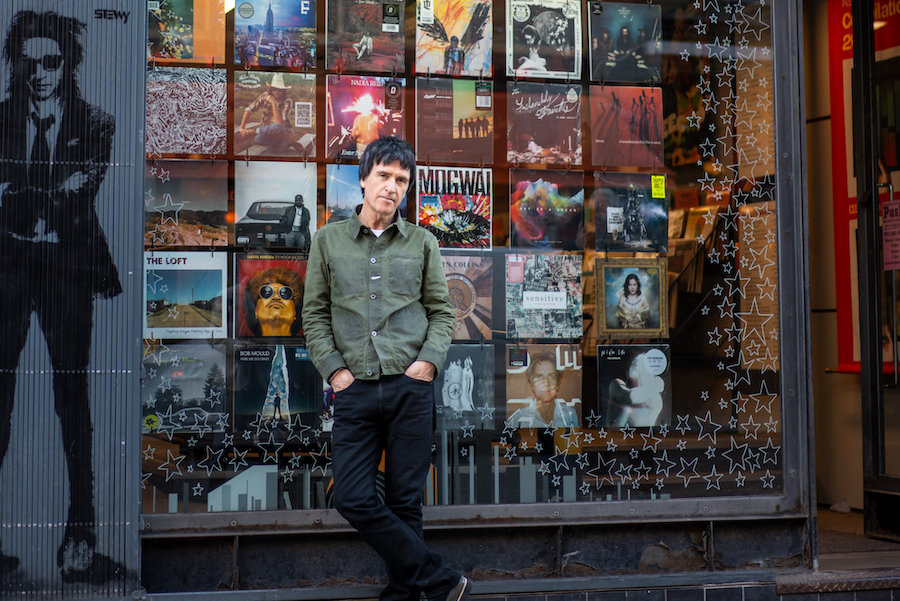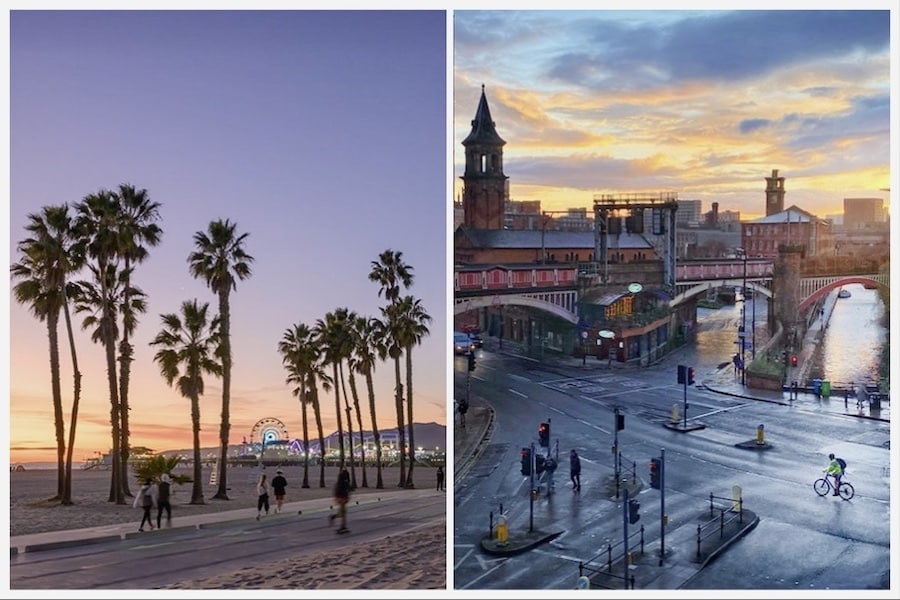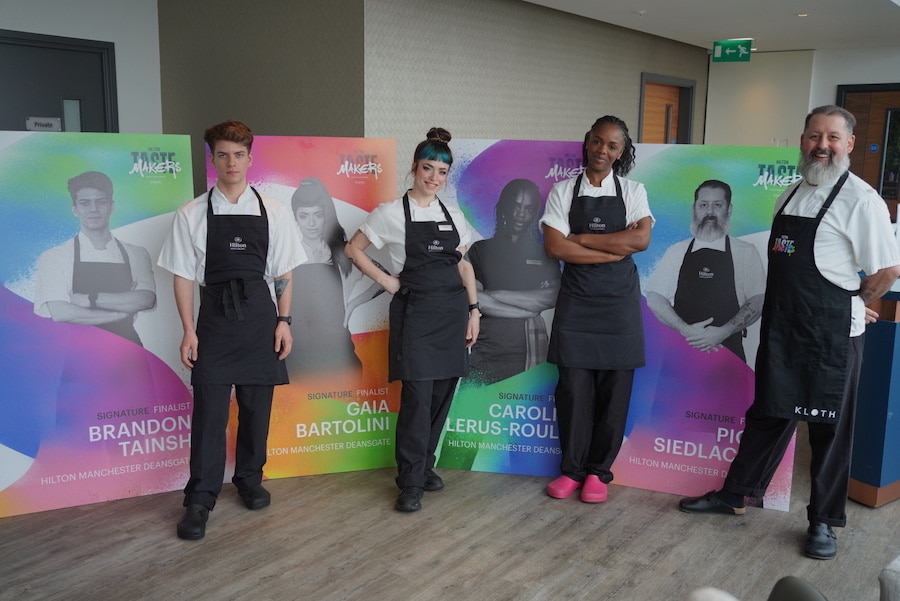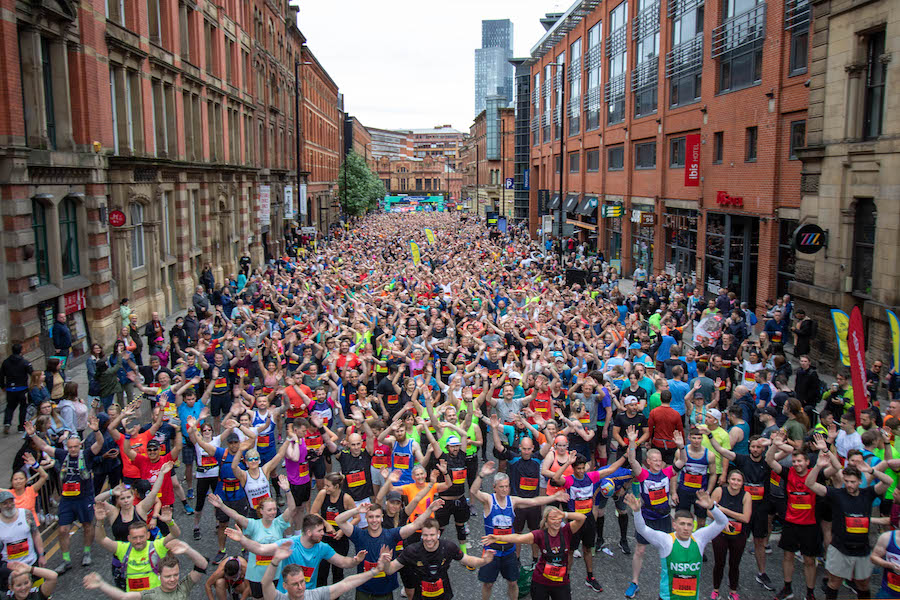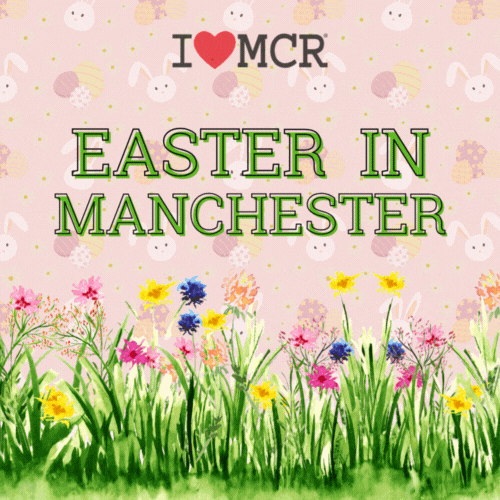How the regeneration of Old Trafford could massively benefit the city
- Written by Thom Bamford
- Last updated 2 months ago
- Business, Community, Man Utd
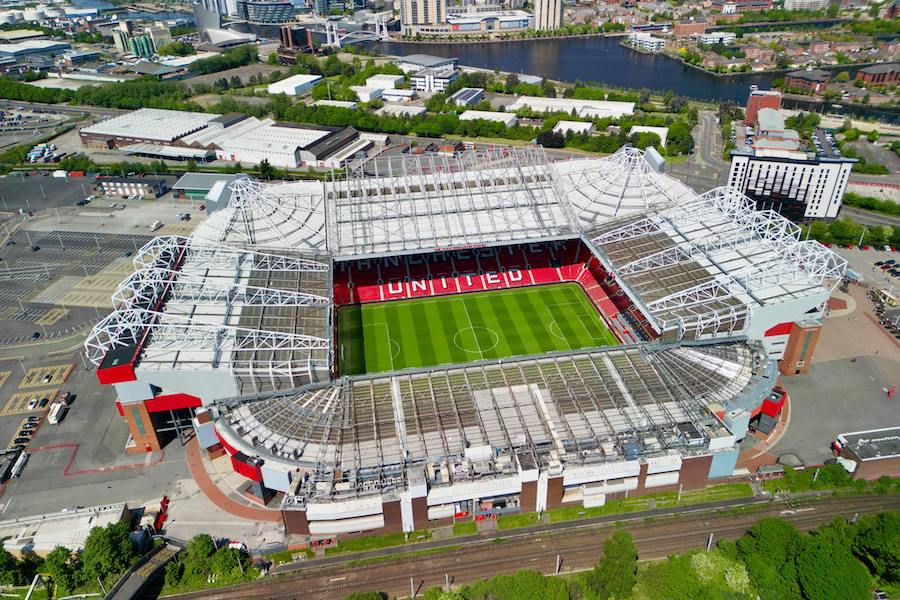
If you’re a football fan, Manchester United’s legendary Old Trafford stadium likely holds a special place in your heart. (That is, unless you support City.)
But even for non-football fans, the regeneration of Old Trafford and its surrounding area could offer something truly transformative.
That’s according to a groundbreaking report commissioned by Manchester United, Trafford Council, and the Greater Manchester Combined Authority (GMCA), highlighting the economic and social benefits of a proposed redevelopment.
This ambitious project could go well beyond the sport. If plans are approved, this could be a blueprint for urban renewal, economic growth, and social improvement.
With a focus on creating a new 100,000-seat stadium, adding housing, enhancing infrastructure, and diversifying economic opportunities, the regeneration of Old Trafford could change the face of the region.
Here’s why this matters—and why it’s not just football fans who should be excited.
Why was the report commissioned?
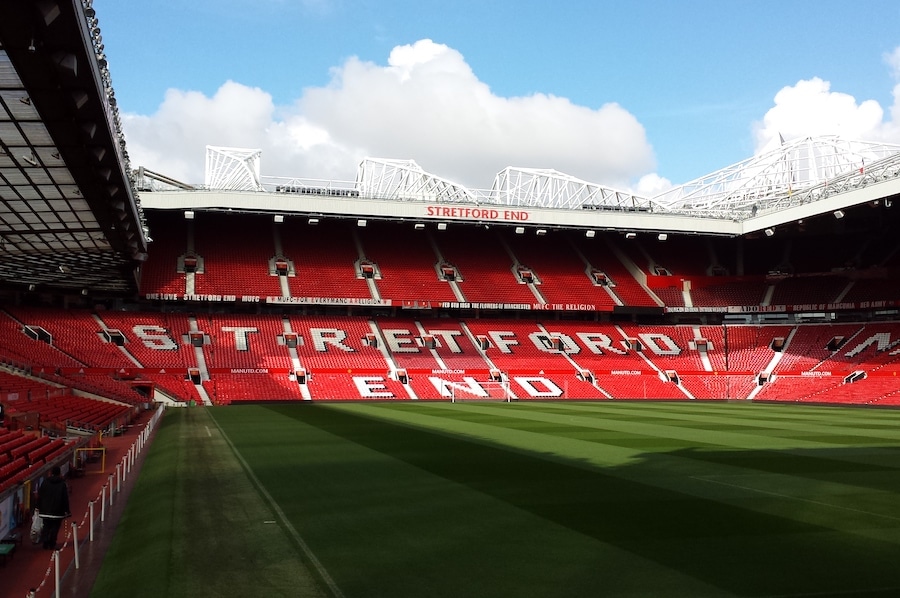
The report, prepared by Oxford Economics, was commissioned to answer some big questions: What will this massive investment bring to the local area? How will it affect residents, businesses, and the UK economy as a whole?
For Manchester United, the goal is clear: to maintain its standing as one of the world’s premier football clubs by offering state-of-the-art facilities that match its ambitions. But for Trafford Council and GMCA, the stakes are even higher.
Old Trafford and the Trafford Wharfside area, once thriving hubs of industry, have become heavily industrialised zones with little to offer in terms of vibrant, community-focused spaces. The area has lagged behind in productivity and income compared to regional and national averages, making regeneration a critical priority .
The report was designed to quantify the benefits of this transformation. And as the data shows, these benefits extend far beyond the pitch.
An economic windfall for Trafford
The redevelopment plan promises an economic windfall for Trafford and the UK at large. Here are the numbers that jump off the page:
- £7.32 Billion Contribution to the UK Economy: The combined regeneration projects—including the new stadium, housing, and commercial developments—are expected to generate an additional £7.32 billion in gross value added (GVA) by 2039
- 91,600 New Jobs Nationwide: This isn’t just a local boost. From construction roles to long-term employment in hospitality, retail, and business services, the ripple effect of these projects will be felt across the UK
- £1.38 Billion in Tax Revenue: Equivalent to the salaries of tens of thousands of nurses or teachers, this tax boost demonstrates the broader societal benefits of the project
The economic growth doesn’t stop there. Trafford is currently expected to grow at a modest rate of 1.3% annually, but with the regeneration, that figure could rise to 2.9%—more than doubling its current trajectory
The project will help tackle significant deprivation in the area. Old Trafford currently ranks among the 10% to 20% most deprived areas in England for living environment, according to the Index of Multiple Deprivation
Improvements in housing, public spaces, and amenities are expected to elevate quality-of-life metrics, making the area a more desirable place to live and work
A new era for Manchester United
At the heart of the regeneration is a new 100,000-seat stadium, one of the largest in Europe. It won’t just be football matches either; the stadium will also accommodate concerts, events, and other major gatherings. The increased capacity and versatility are projected to attract an additional 1.76 million visitors annually, with over 700,000 of those being international tourists
This surge in visitors will drive a 7.1% increase in local spending, especially benefiting sectors like accommodation, food, and retail. With Manchester United already a global brand, the new stadium cements its position as a key driver of tourism for the entire region.
Addressing housing and affordability
The housing crisis isn’t just a national issue—it’s acutely felt in Trafford, where housing supply has struggled to meet demand. With the median house price in the borough significantly higher than the regional average, affordability is a pressing concern.
To tackle this, the regeneration plans include over 17,000 new homes, capable of accommodating more than 42,000 additional residents. This housing boost will not only ease affordability pressures but also attract new talent and workers to the area, supporting the region’s economic growth.
Improving Quality of Life
Beyond the economic and housing impacts, the redevelopment will fundamentally reshape the area’s character. Currently dominated by industrial sites and parking lots, the Old Trafford and Trafford Wharfside areas will be transformed into vibrant, mixed-use urban spaces.
- Public Open Spaces: Green corridors, waterside promenades, and communal parks will provide much-needed outdoor areas for residents and visitors
- New Amenities: From retail and hospitality to youth play areas and cultural facilities, the development will enhance the quality of life for everyone in the area
- Environmental Upgrades: Moving away from car-centric layouts, the regeneration emphasizes pedestrian-friendly design and sustainable infrastructures
Lessons from London
The report draws inspiration from the regeneration of East London for the 2012 Olympics. That project demonstrated how stadium-led redevelopment can act as a catalyst for broader urban transformation, with long-lasting economic and social benefits (p. 20).
Like London’s Queen Elizabeth Olympic Park, Old Trafford’s regeneration aims to create a “place-shaper” destination—somewhere that not only attracts visitors but also makes the area more desirable for residents and businesses.
Trafford Transport Upgrade
To support the influx of visitors and residents, significant upgrades to Trafford’s transport infrastructure are on the table. The report highlights an opportunity to relocate freight operations and convert existing rail lines for passenger use, enabling better connections across Greater Manchester and beyond.
A proposed new passenger station near Old Trafford would not only ease commuter travel but also support sustainable growth in the area, reducing reliance on car travel.
Why it matters
This regeneration isn’t just about bricks and mortar—it’s about creating opportunities, boosting pride, and setting a new standard for urban development. By tackling housing shortages, creating jobs, and improving quality of life, the project will leave a legacy that extends well beyond its immediate benefits.
For football fans, it means a world-class stadium that reflects the prestige of Manchester United. For residents, it means a brighter future with better housing, jobs, and amenities. And for the UK economy, it’s a major win, offering billions in new value and thousands of jobs.
As the report makes clear, this is more than a redevelopment; it’s a transformation. And whether you’re a fan of football or not, it’s a story worth cheering for.
You can read the full report by clicking here
- This article was last updated 2 months ago.
- It was first published on 22 January 2025 and is subject to be updated from time to time. Please refresh or return to see the latest version.
Did we miss something? Let us know: press@ilovemanchester.com
Want to be the first to receive all the latest news stories, what’s on and events from the heart of Manchester? Sign up here.
Manchester is a successful city, but many people suffer. I Love Manchester helps raise awareness and funds to help improve the lives and prospects of people across Greater Manchester – and we can’t do it without your help. So please support us with what you can so we can continue to spread the love. Thank you in advance!
An email you’ll love. Subscribe to our newsletter to get the latest news stories delivered direct to your inbox.
Got a story worth sharing?
What’s the story? We are all ears when it comes to positive news and inspiring stories. You can send story ideas to press@ilovemanchester.com
While we can’t guarantee to publish everything, we will always consider any enquiry or idea that promotes:
- Independent new openings
- Human interest
- Not-for-profit organisations
- Community Interest Companies (CiCs) and projects
- Charities and charitable initiatives
- Affordability and offers saving people over 20%
For anything else, don’t hesitate to get in touch with us about advertorials (from £350+VAT) and advertising opportunities: advertise@ilovemanchester.com


Review: Tambo & Bones at HOME is ‘ambitious, bold, gutsy…. and terrific’

Review: JB Shorts 26 at 53two is ‘a five-star showcase of northern talent’
